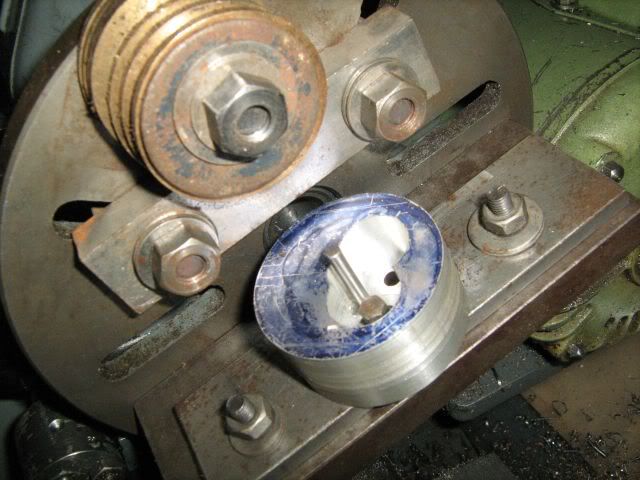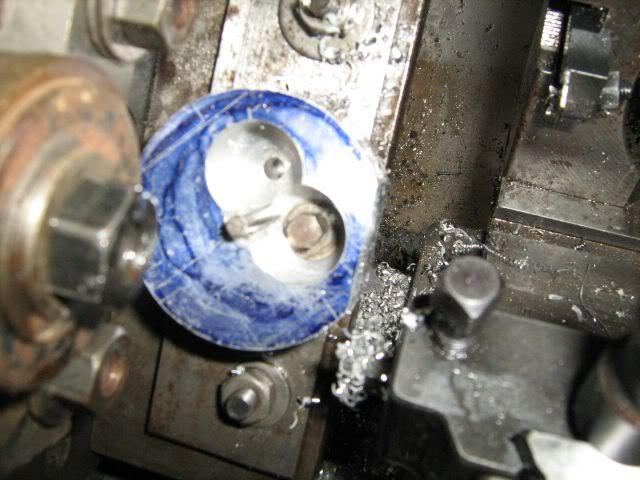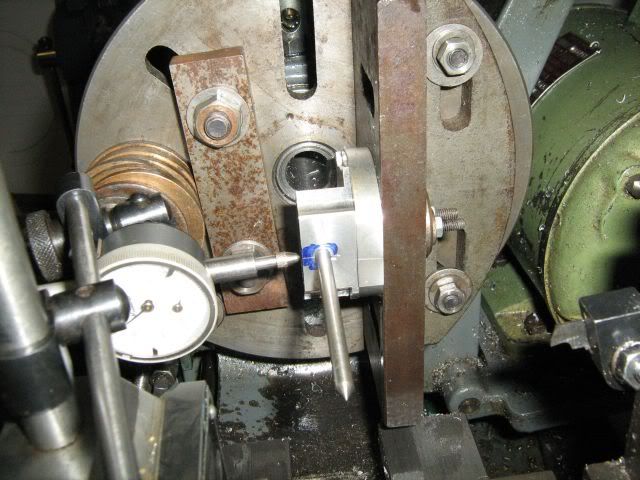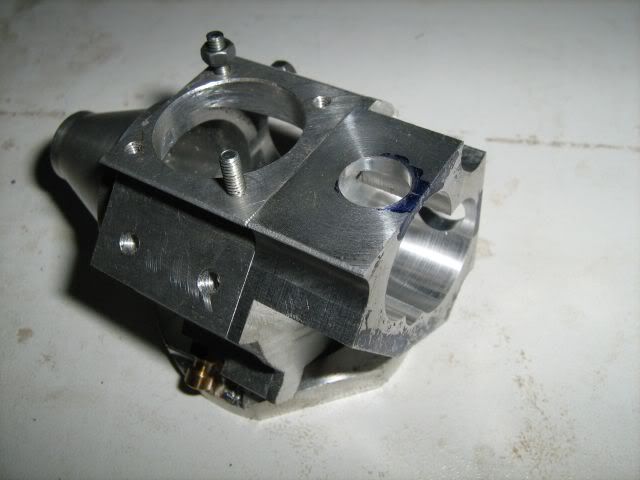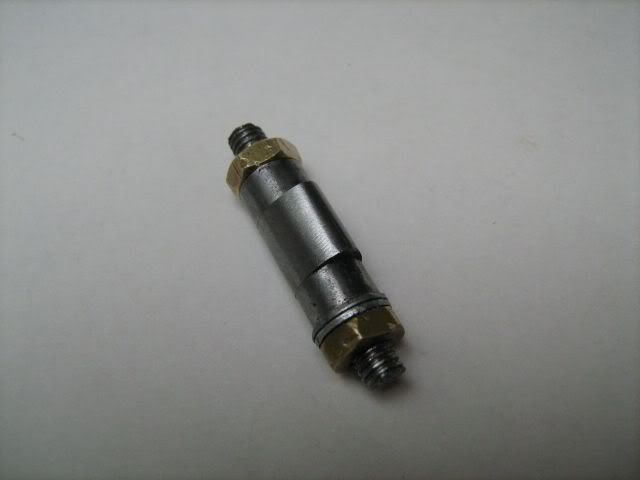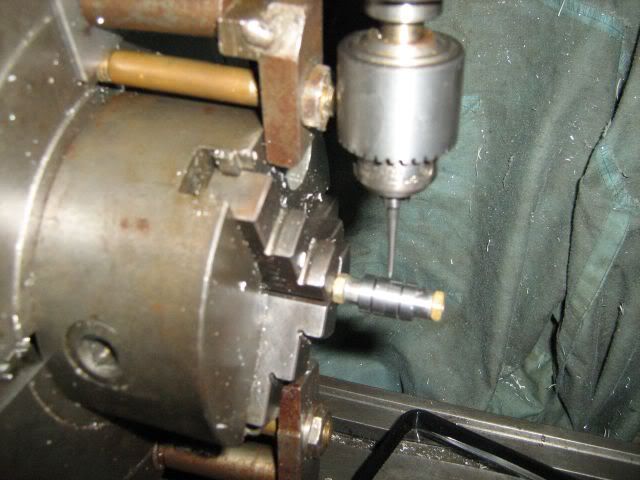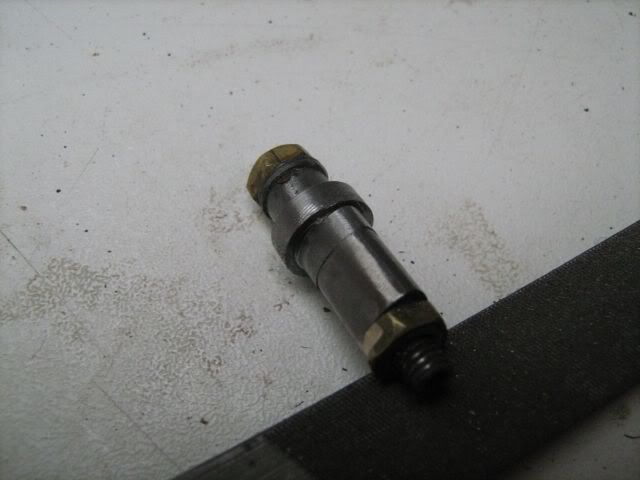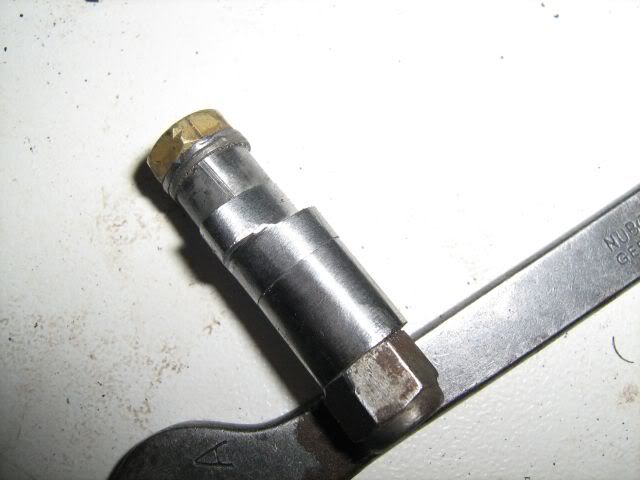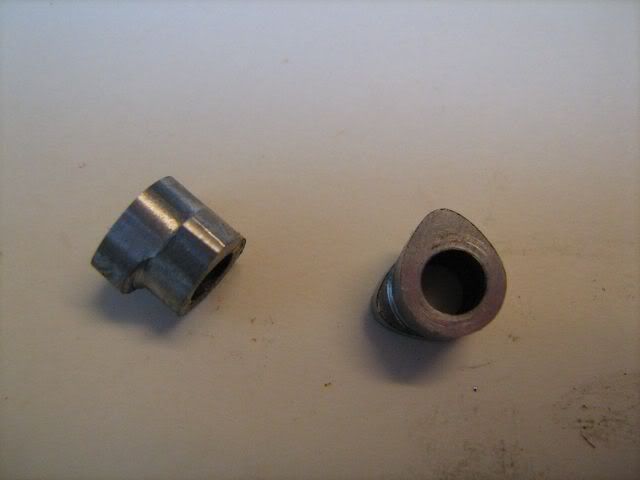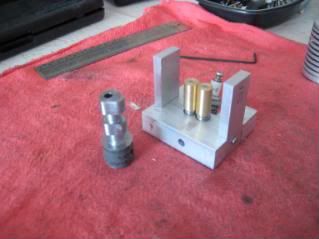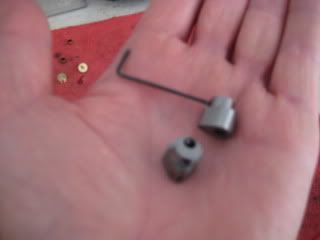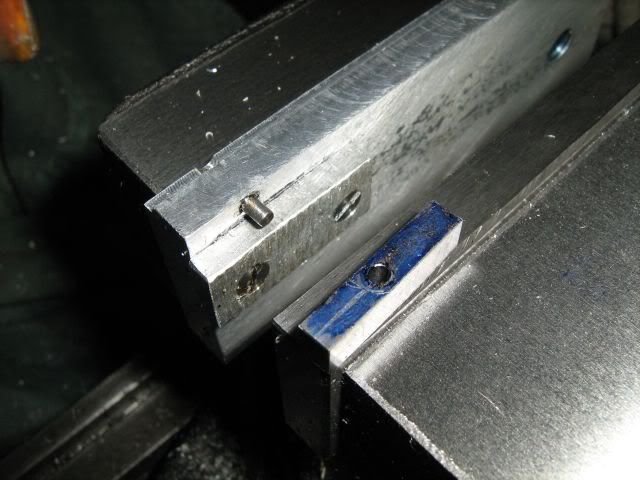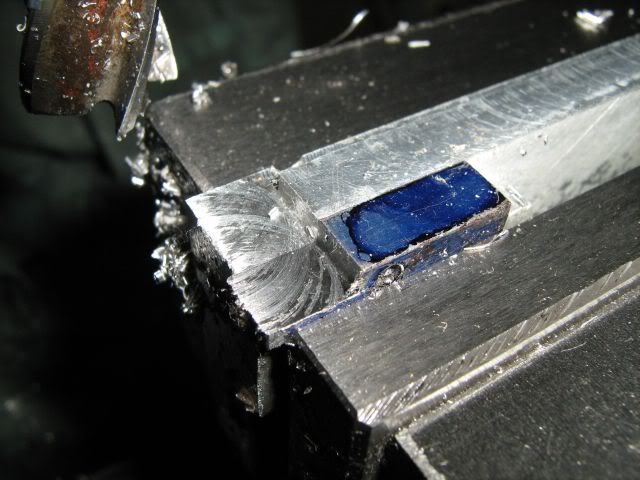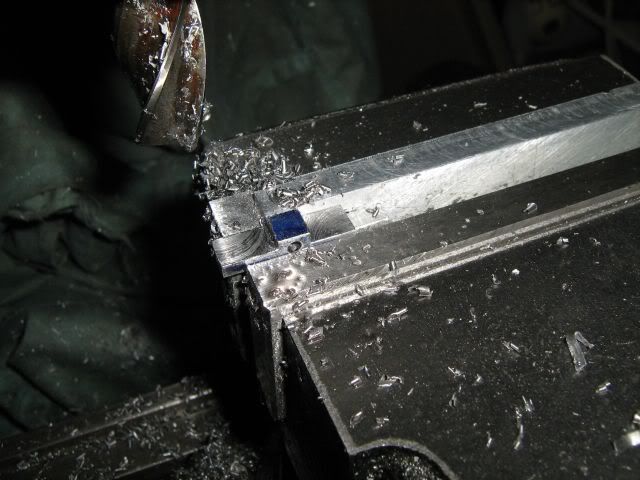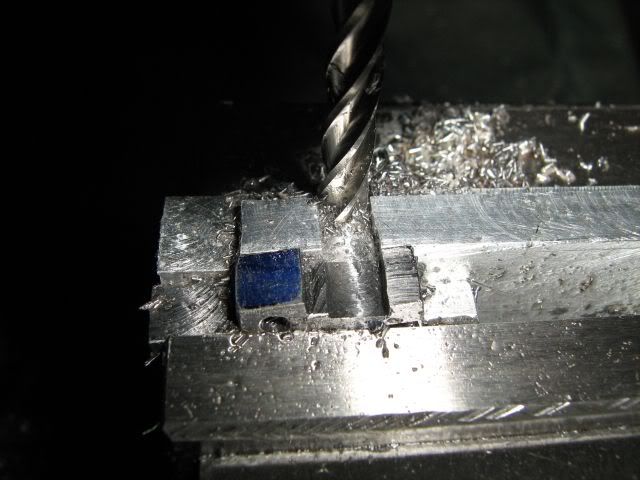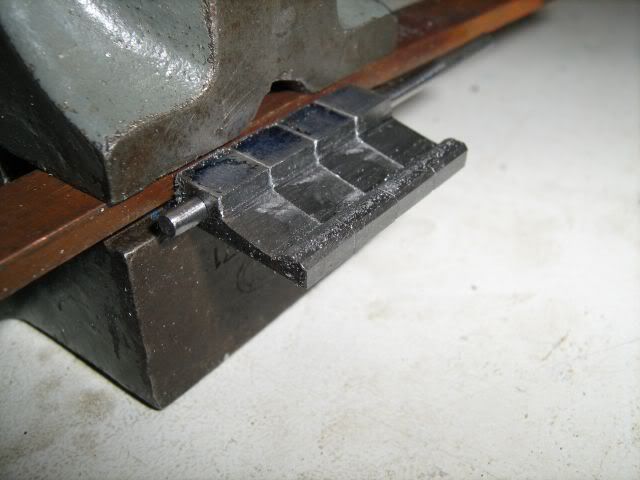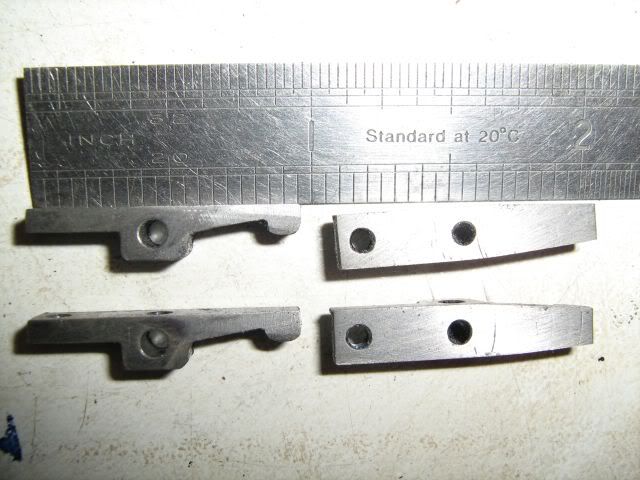NickG said:Nice work peter. Lapping is something i've never really got to grips with. I tried making a wooden dowel lap with wet & dry paper wrapped around it for my flame licker, it resulted in a good finish but a non round non parallel bore. So I used an adjustable reamer with plenty of oil and that gave me good results and an acceptable finish.
The problem I see with your lap is you have to use it at every point in the bore the same amount, where as the reamer is the same diameter all along. Having said that, it seems to have worked well for you.
Nick
Thanks Nick, I used a wooden dowel and wet and dry on my oscillators bore which is only 1/4 inch and that worked.
This is my first i/c build so dont know if I have it right yet but having to lap every part of the bore gave me no real problem as the amount removed is so small and it just seemed to work well. I'm hoping anyway.
Couldn't find a fingers crossed smiley.
Peter.





